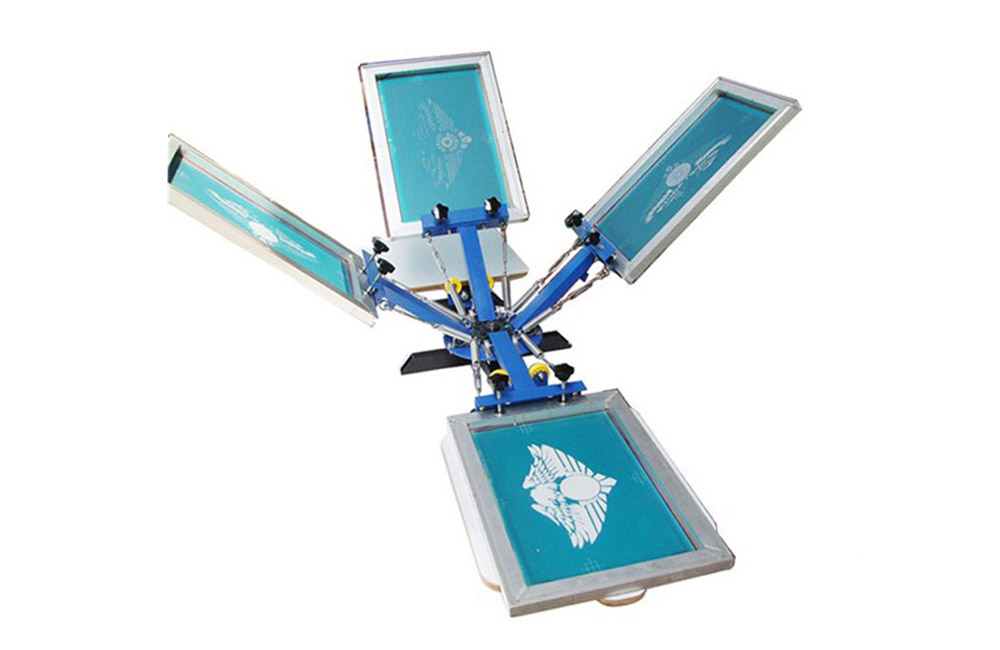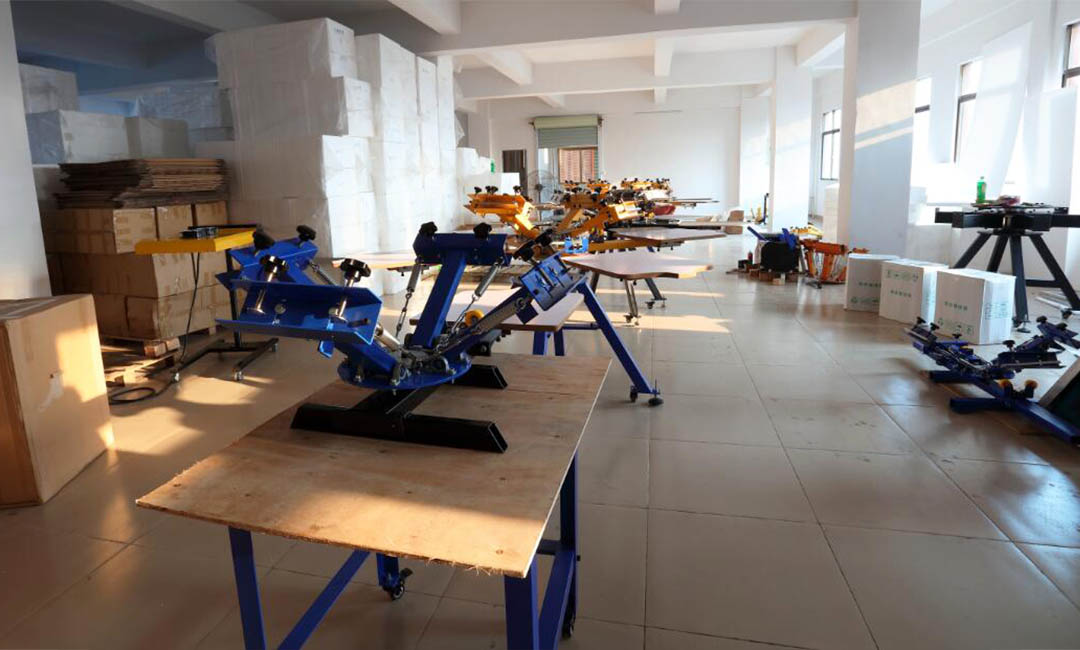Advanced Techniques with 4 Color 2 Station Screen Printing Machines
Achieving precise registration with 4 color 2 station screen printing machines
Achieving precise registration with 4 color 2 station screen printing machines is a critical aspect of producing high-quality prints. The registration process ensures that each color layer aligns perfectly, resulting in a crisp and vibrant final product. To begin with, understanding the mechanics of the machine is essential. A 4 color 2 station screen printing machine typically features two printing stations, allowing for the application of multiple colors in a single pass. This setup not only enhances efficiency but also requires meticulous attention to detail to ensure that each color is applied accurately.

One of the primary techniques for achieving precise registration is the use of micro-adjustable registration systems. These systems allow operators to make fine adjustments to the position of the screens, ensuring that each color aligns perfectly with the previous layers. By utilizing these micro-adjustments, printers can compensate for any misalignment that may occur during the printing process. This is particularly important when working with intricate designs that demand a high level of accuracy. Moreover, operators should familiarize themselves with the registration marks on the screens, as these serve as critical reference points during the setup process.
In addition to micro-adjustments, employing a proper setup procedure is vital for achieving precise registration. Before beginning the printing process, it is advisable to conduct a thorough pre-press check. This includes ensuring that the screens are clean and free from any debris that could interfere with the printing process. Furthermore, the squeegee should be properly aligned and adjusted to the correct angle and pressure, as this can significantly impact the quality of the print. By taking the time to prepare adequately, printers can minimize the risk of registration issues later in the process.

Another effective technique for achieving precise registration is the use of a registration jig. A registration jig is a tool that holds the substrate in place during the printing process, ensuring that it remains stationary while the screens are lowered. This stability is crucial for maintaining alignment between color layers. Additionally, using a jig can help streamline the setup process, as it provides a consistent reference point for each print run. As a result, operators can achieve a higher level of accuracy and efficiency, ultimately leading to improved print quality.
Moreover, it is essential to consider the type of inks and substrates being used, as these factors can also influence registration accuracy. For instance, using inks with similar viscosities can help ensure that each color layer adheres evenly to the substrate, reducing the likelihood of misalignment. Additionally, selecting the appropriate substrate material can further enhance registration precision. For example, smoother surfaces tend to yield better results, as they allow for more consistent ink transfer.
Finally, continuous practice and experience play a significant role in mastering the art of registration with 4 color 2 station screen printing machines. As operators become more familiar with their equipment and the nuances of the printing process, they will develop a keen eye for detail and an intuitive understanding of how to achieve optimal registration. By combining advanced techniques with a commitment to quality, printers can produce stunning, high-resolution prints that meet the demands of their clients. In conclusion, achieving precise registration is not merely a technical challenge; it is an art form that requires skill, patience, and a deep understanding of the screen printing process.
Pre: Design Possibilities with a 2 Station Silk Screen Printing Press
Next: Why Tabletop Screen Printing Presses Are Perfect for Small Spaces
Tags: